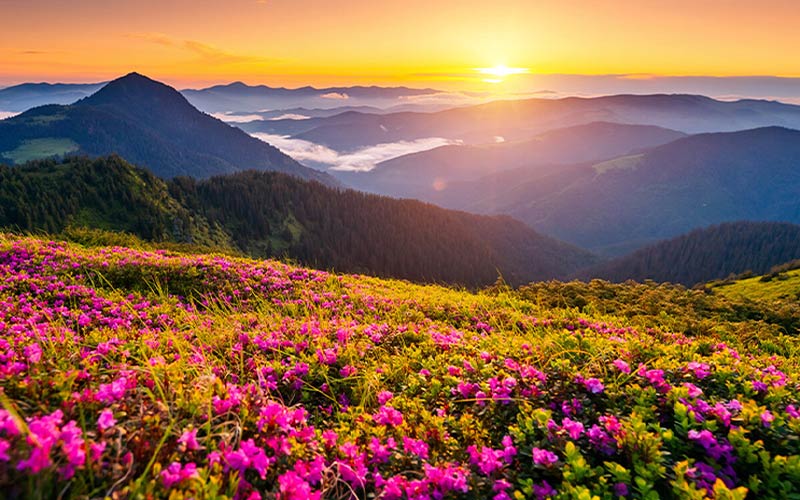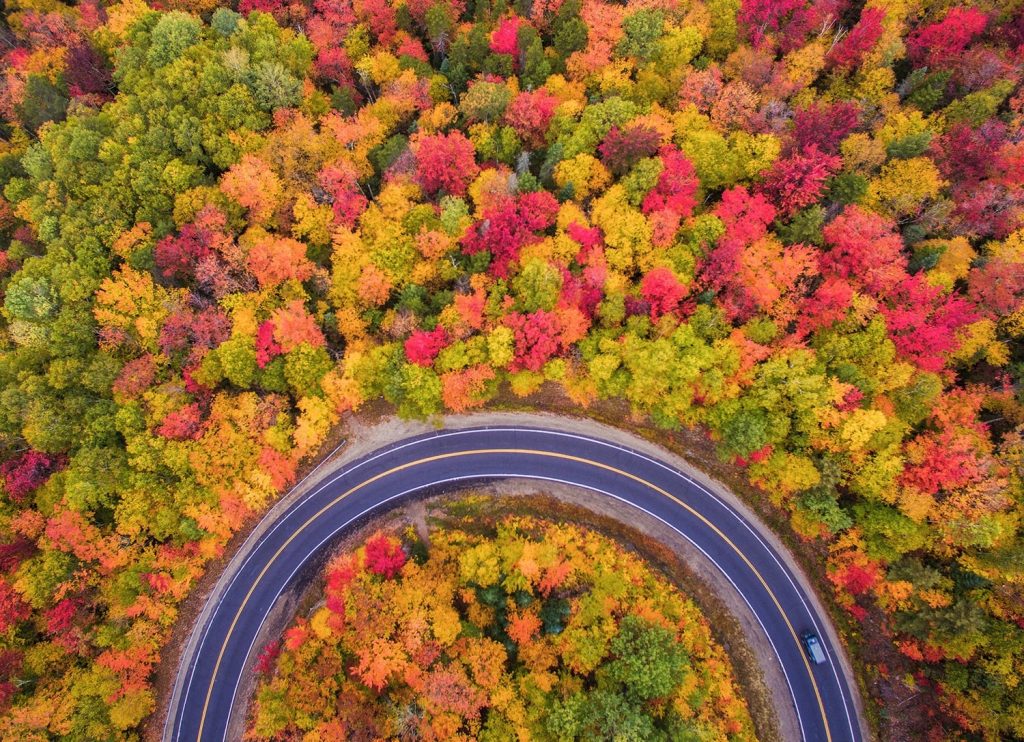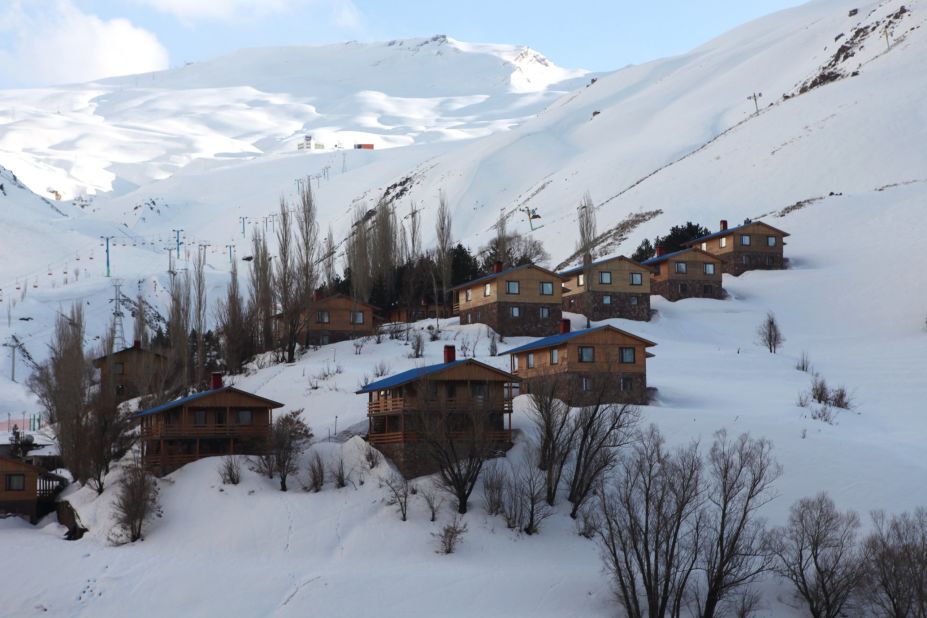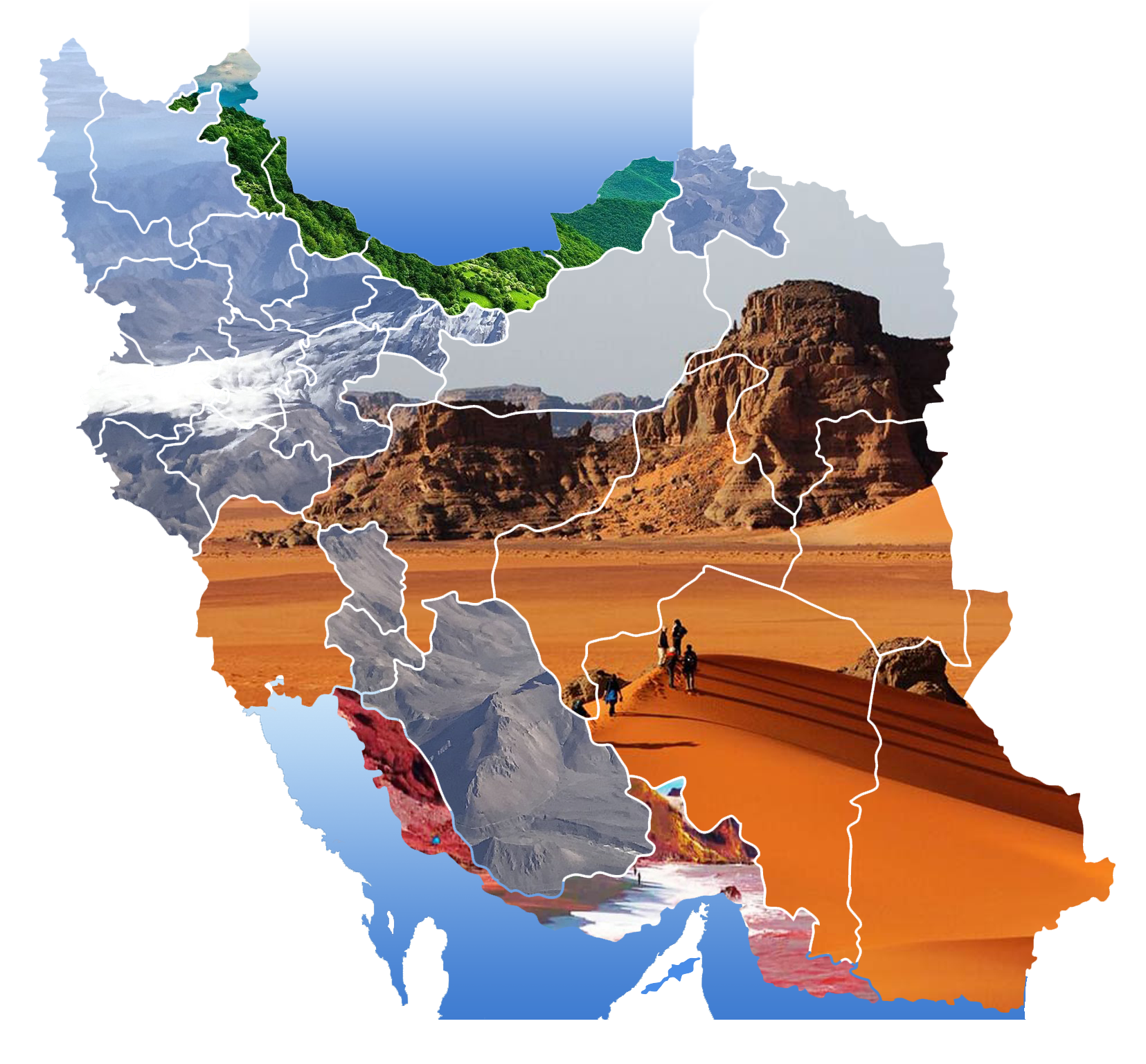Iran is among the only countries with a full four seasons with very temperate climates; in the northwest, winters are cold with heavy snowfall and subfreezing temperatures. Spring and fall are relatively mild, while summers are dry and hot. In the south, winters are mild, and the summers are sweltering, having average daily temperatures in July that exceed 38 °C (100.4 °F).
When is the best time to visit Iran?
Have you ever wondered how would it be to experience cold, snowy weather and then, only a few days later and not so far away from the first place where you have been in, face the hot sun and enjoy a walk under glowing arrays of sunshine? If yes, you have chosen your destination accurately since Iran is one of the countries which can make your dream come true, and if not, we recommend you to read the following text since this is exactly what you will encounter if you choose to travel to Iran, which is why we intend to help you choose the best time to visit Iran.
BEST TIME TO VISIT IRAN
Best Time to Visit Iran: Embrace the Beauty of Diverse Seasons
Planning a journey to Iran and wondering about the perfect time to explore this mesmerizing country? Iran, with its rich history, diverse landscapes, and vibrant culture, offers unique experiences throughout the year. Understanding the distinct seasons can enhance your visit, catering to your interests and preferences.
Spring: Blossoming Landscapes and Mild Temperatures
Best For: Exploring gardens, historical sites, and enjoying moderate weather.
Spring, from March to May, paints Iran in a kaleidoscope of colors. Witness the celebration of Nowruz, the Persian New Year, as the country comes alive with festivities. The weather remains pleasantly mild, perfect for wandering through lush gardens like Shiraz’s Eram Garden or exploring ancient wonders such as Persepolis.

Summer: Adventure and Diversity Under the Sun
Best For: High-altitude escapes, cultural events, and trekking.
As summer arrives (June to August), different regions offer diverse experiences. Head to the northern provinces to escape the heat or embrace it in the central deserts for a unique adventure. Attend local festivals like the Rose Water Festival in Kashan or trek through the Alborz Mountains for breathtaking views.

Autumn: Mild Climates and Cultural Immersion
Best For: Cultural exploration, photography, and hiking.
September to November welcomes mild temperatures and breathtaking landscapes. Dive into the heart of Iranian culture during Muharram with processions and rituals. The changing colors of nature in places like Golestan National Park or the autumnal beauty of Isfahan’s Naqsh-e Jahan Square offer remarkable photo opportunities.

Winter: Snow-Capped Adventures and Cultural Splendor
Best For: Skiing, exploring historical sites, and enjoying local cuisine.
While December to February brings colder temperatures, it opens doors to unique experiences. Hit the slopes in the Alborz or Zagros mountains for skiing adventures. Delve into the warmth of Iranian hospitality in cozy teahouses or explore UNESCO World Heritage Sites like Yazd’s old town without the crowds.

Conclusion: Tailoring Your Journey
Iran’s beauty knows no bounds throughout the year. Depending on your interests, each season unveils different facets of this captivating country. Whether you seek cultural immersion, natural wonders, or thrilling adventures, Iran offers a tapestry of experiences waiting to be explored.
Explore Iran at your preferred time and let the country’s diversity enchant you, leaving you with memories to cherish for a lifetime.

